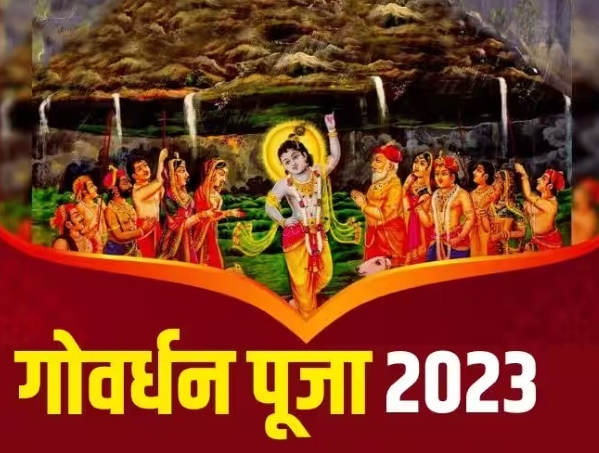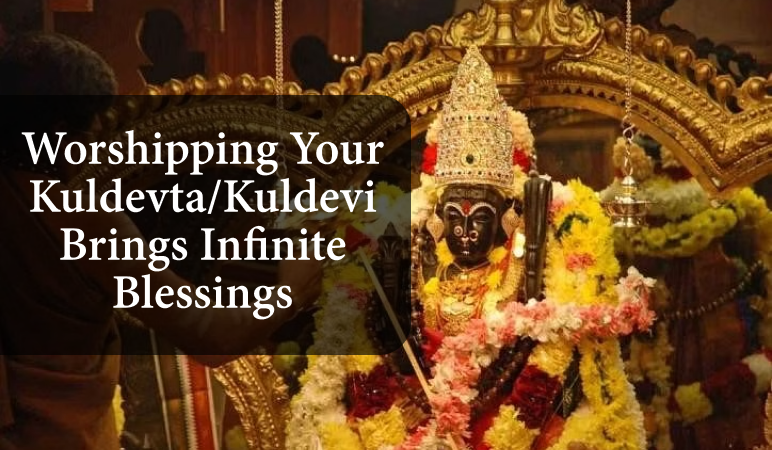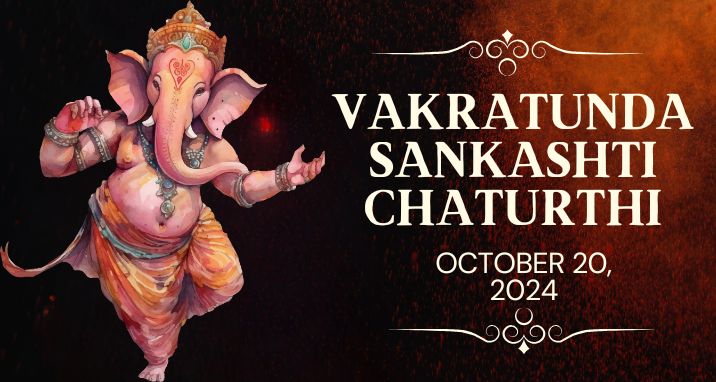Govardhan Puja 2023: Tithi, Significance and Celebration!

Govardhan Puja is celebrated a day after Diwali, which is the fourth day of the five-day Diwali celebration. Sometimes, there can be a gap of a day between Diwali and Govardhan Puja. It falls on the Shukla Paksha Pratipada (first day of the bright fortnight of the moon) in the month of Kartik (October or November as per the English calendar) and is an important part of Deepavali celebrations. Govardhan Puja marks the victory of Bhagwan Krishna over Devraj Indra.
In different places, it is known by different names. In some places, it is called Bali Pratipada or Annakut Puja. It is celebrated throughout India in different ways. Let us know the history behind this significant occasion.
Govardhan Puja Significance and History Behind
In the Vrindavana, people used to worship Bhagwan Indra and perform sacrifices because they believed he was responsible for providing rain, which was essential for their crops and the well-being of their cows. Young Kanha, curious about this tradition, asked his mother, Yashodaji, why everyone worshipped and made offerings to Bhagwan Indra. Yashodaji explained that Bhagwan Indra was the one who sent rain to nurture their crops and provide fodder for their cows.
However, Kanha or Krishna had a different perspective. He suggested that instead of worshipping Bhagwan Indra, they should worship the Govardhan Parvat because it was the place where their cows grazed and found their sustenance. He convinced his father, Nanda Maharaja, and the villagers that it was Mother Nature that played a crucial role in providing rain, and Bhagwan Indra had no direct influence. He urged everyone to cease their sacrifices to Bhagwan Indra and honour Govardhan Giri instead.
Following Bhagwan Krishna’s guidance, the residents of Vrindavan stopped their ritualistic sacrifices to Bhagwan Indra. This decision angered Bhagwan Indra, known for his pride. He responded by unleashing heavy rains upon Vrindavan, causing fear and devastation. Witnessing the villagers’ suffering, Bhagwan Krishna lifted the Govardhan Parvat with his little finger and held it aloft to shield them from the torrential rain.
Bhagwan Krishna lifted the Govardhan Hill to rescue the villagers of Vrindavan from the heavy rains sent by Bhagwan Indra. The Govardhan Hill provided shelter for all the people of Vrindavan. This heroic act earned Bhagwan Krishna the name “Giridhari” because he lifted the Govardhan Hill, also known as the “King of Hills.”
This incident illustrates how the Bhagwan protects all of his devoted followers who completely surrender and seek refuge in him. This is a significant aspect of Govardhan Puja. The festival commemorates the event when Bhagwan Krishna lifted the Govardhan Hill. On the day of Govardhan Puja, both Bhagwan Krishna and nature are honoured.
It is believed that those who worship the Govardhan Giri and Bhagwan Krishna’s beloved cows on this day receive the blessings of Bhagwan Krishna.
In 2023, Govardhan Puja is on the 14th of November.
Govardhan Puja 2023 Tithi, Date and Duration
-
On Tuesday, 14th November the Govardhan Puja will be observed.
-
Govardhan Puja Pratah Kaal Samay – 06:43 AM to 08:52 AM
-
Duration – 02 Hours 09 Mins
-
Pratipada Tithi Beginning – 02:56 PM on Nov 13, 2023
-
Pratipada Tithi Ending – 02:36 PM on Nov 14, 2023
To know about the time in local timings, you can speak to expert pundits and astrologers at NamoAstro.
Govardhan Puja Celebrations Across India
At various places, people celebrate the occasion in different ways.
In the state of Haryana, people follow a ritual of creating cow dung hillocks to symbolise Mount Govardhan. These hillocks are then adorned with flowers and worshipped. In Haryana and Gujarat, it signifies the beginning of the New Year, also called Vikram Samvat.
As a part of Govardhan Puja, people prepare a special offering known as ‘Annakoot,’ which means a ‘mountain of food.’ On this auspicious day, devotees make 108 or sometimes 56 different types of ‘Bhog,’ to Bhagwan Krishna. His statues are bathed in milk, dressed in beautiful clothes and jewellery, and then worshipped in the traditional way, which includes offering food and prayers.
The food prepared as ‘Annakoot’ is then shared with family members and friends as a Prasad. In some Indian states, the day right after Diwali is observed as ‘Kartik Shudha Padwa,’ which celebrates the return of King Bali and is also known as ‘Bali Padyami.’
The celebration of Govardhan Puja is particularly significant in Mathura and Vrindavan. Bhajan singing takes place in these temples, drawing large crowds of people. The festivities are not limited to these locations, as Bhagwan Krishna temples all over the country also observe this day. As a part of the celebration, Prasad is distributed to everyone. Apart from regional celebrations, people also perform various kinds of Puja at home such as Radhe-Krishna Puja among others. To know about the Puja or any other related aspect, you can speak to expert astrologers and pundits at NamoAstro.
So wherever you are, you can easily become part of this day by worshipping Narayan’s most famous avatar. And remember, Govardhan Puja is a reminder that even the most formidable challenges can be overcome with devotion and faith, just as Lord Krishna lifted the Govardhan Hill to protect his devotees.
Frequently Asked Questions
Q: What is the significance of cow dung in Govardhan Puja?
A: The importance of cow dung in Govardhan Puja lies in its symbolism as a remarkable cycle of life. It signifies the process of decay and regeneration, which ultimately leads to the creation of life anew.
Q: Where is the beginning of Govardhan Parikrama?
A: It must begin at the spot from whence it started, whether it is the Mansi Ganga or the Govardhan Temple. This circular journey around Govardhan can be categorised into two types: the Barhi Parikrama, associated with the Govardhan Mountain, and the Chhoti Parikrama, linked to Radha Kund, both beginning at their respective origins.









